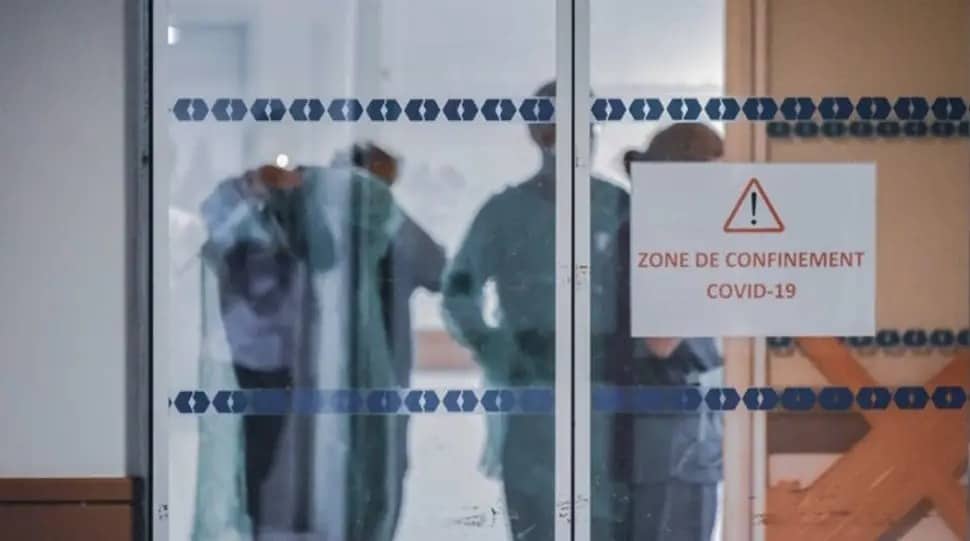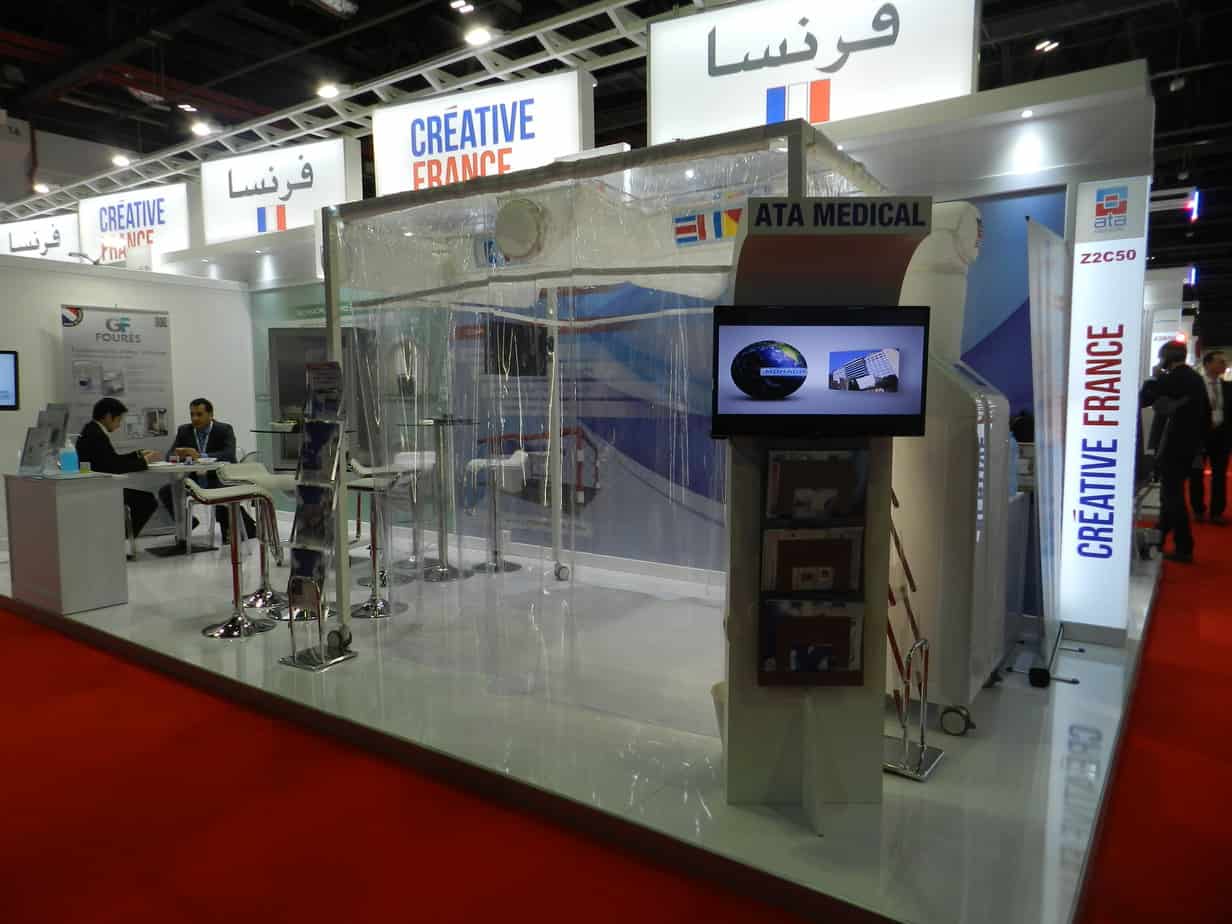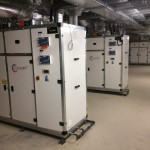ATA MEDICAL tries in its everyday procedures and training, to sensitize about the risk of infection in controlled areas.
Last presentation was held in Makassar – Indonesia, with the Hospiniaga Team for the Sarahsehan Nasional Convention. Main Hospitals from the country gathered to understand the new process and technologies for infection control.
Much attention is focused today on disinfection of surfaces, staff prevention procedures for infection control but the increase of nosocomial infection undermines the ability of healthcare professionals to fight the spread of infectious diseases and manage their complications among immunocompromised patients.
Researchers at the University of Chicago and their collaborators have documented how bacteria colonize a newly opened hospital and spread back and forth between patients, staff members, and surfaces.
They showed that, as soon as the hospital opened and patients and staff moved in, bacteria associated with human skin, such as Corynebacterium, Staphylococcus, and Streptococcus, started to replace species on surfaces that had dominated prior to that, such as Acinetobacter and Pseudomonas.
According to WHO report, fresh filtered air, appropriately circulated, will dilute and remove airborne bacterial contamination. It also eliminates smells. Desirable ventilation rates, expressed in air changes per hour, vary with the purpose of a particular area. High-risk hospital areas (operating rooms, nurseries, intensive care units, oncology, and burn units) should have air with minimal bacterial contamination.






